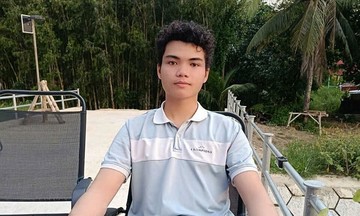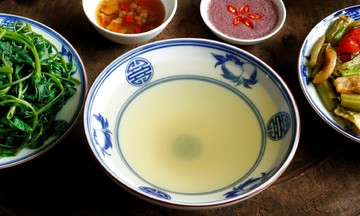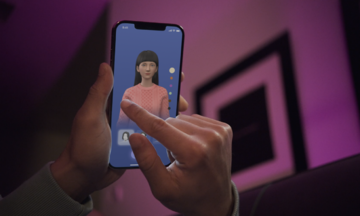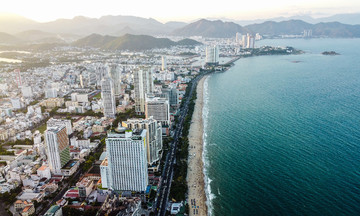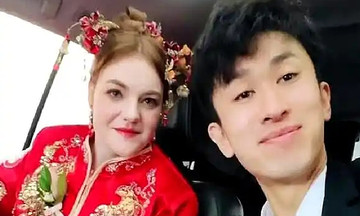He was the founder of Wuthelam, which owns nearly 60% of Nippon Paint Holdings, one of the world's largest paint companies. According to Forbes, with an estimated net worth of 13 billion USD, he ranked 182nd on the world's billionaires list in 2025.
Despite owning luxury yachts, his impoverished childhood instilled in him a spirit of dedication and profound compassion.
A challenging childhood and the turning point with damaged paint
Born in 1927, Goh Cheng Liang spent his early years in a cramped room in River Valley with his family of seven. Ironically, this area would later become the site of one of his iconic real estate developments: the Liang Court shopping mall.
During World War II, he and his family evacuated to Malaysia, where he helped his brother-in-law sell fishing nets. He often recounted the hardships of that time: his father unemployed, his mother working as a laundress, and his sister selling cakes to make ends meet.
Returning to Singapore after the war, he experienced a setback with a soda water production facility before becoming an apprentice at a hardware store. His turning point came in 1949 when the British military auctioned off war supplies. He seized the opportunity, purchasing several barrels of damaged paint at a low price.
Lacking specialized knowledge, Goh Cheng Liang taught himself how to mix solvents and colors, relying on a Chinese dictionary and knowledge gained from a short training course in Denmark. This led to the creation of the Pigeon Brand paint.
When the Korean War broke out in 1950, import restrictions boosted his paint business. This early success paved the way for him to become a distributor for Nippon Paint. During the 1973 oil crisis, when paint prices soared, his existing inventory generated substantial profits.
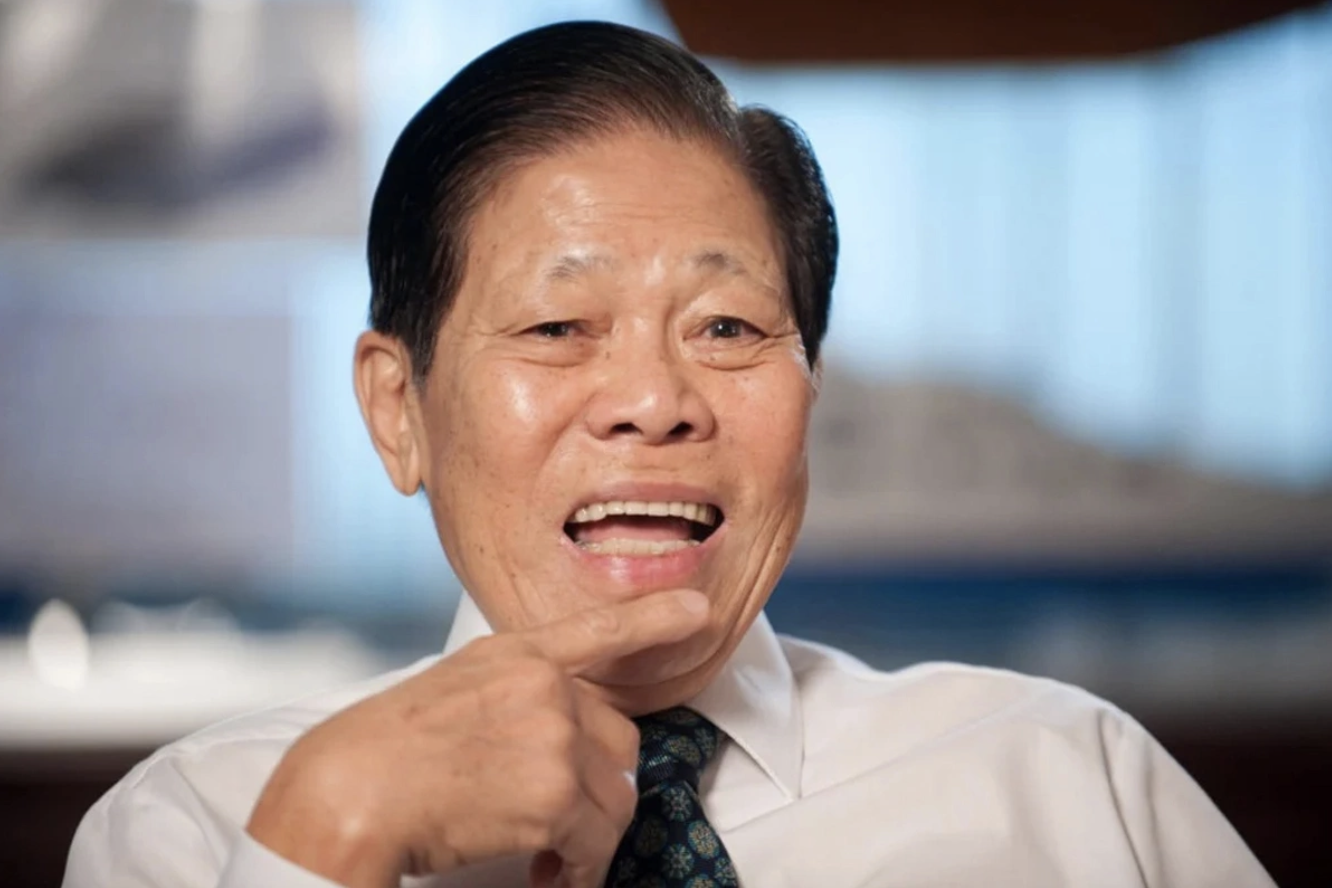 |
Singaporean billionaire Goh Cheng Liang. Photo: Nippon Paint |
Singaporean billionaire Goh Cheng Liang. Photo: Nippon Paint
Building a billion-dollar empire
He invested all his paint profits into real estate, with major projects including Mount Elizabeth Hospital, Liang Court shopping mall, and numerous residential and commercial projects in Singapore, Hong Kong, China, and the US.
In the 1980s, his eldest son, Hup Jin, took over the company and initiated a plan to acquire Nippon Paint. By 2021, the 12 billion USD deal was finalized, with Wuthelam Holdings gaining control of Nippon Paint Holdings, solidifying Goh's position as Singapore's richest man.
A legacy of philanthropy
Through the Goh Foundation, he dedicated a significant portion of his wealth to philanthropic activities, especially in medicine. Having faced his own battle with cancer, he contributed 50 million Singapore dollars to establish the Goh Cheng Liang Proton Therapy Centre, providing patients with access to advanced radiation therapy.
Professor Lim Soon Thye, CEO of the National Cancer Centre Singapore (NCCS), acknowledged Goh's contribution as having "transformed cancer care" in the island nation.
His philanthropy also extended to Teochew, China, where he funded the construction of roads, clean water systems, and schools.
"Our father taught us to live with compassion and humility," shared Hup Jin, the billionaire's son.
Over nearly 70 years of dedication, Goh Cheng Liang transformed a small paint shop into a global empire, maintaining his position as the "king" of the Asian paint industry. His legacy extends beyond his vast fortune, encompassing an inspiring story of resilience, vision, and social responsibility.
Minh Phuong (According to Forbes, Straitstimes)







